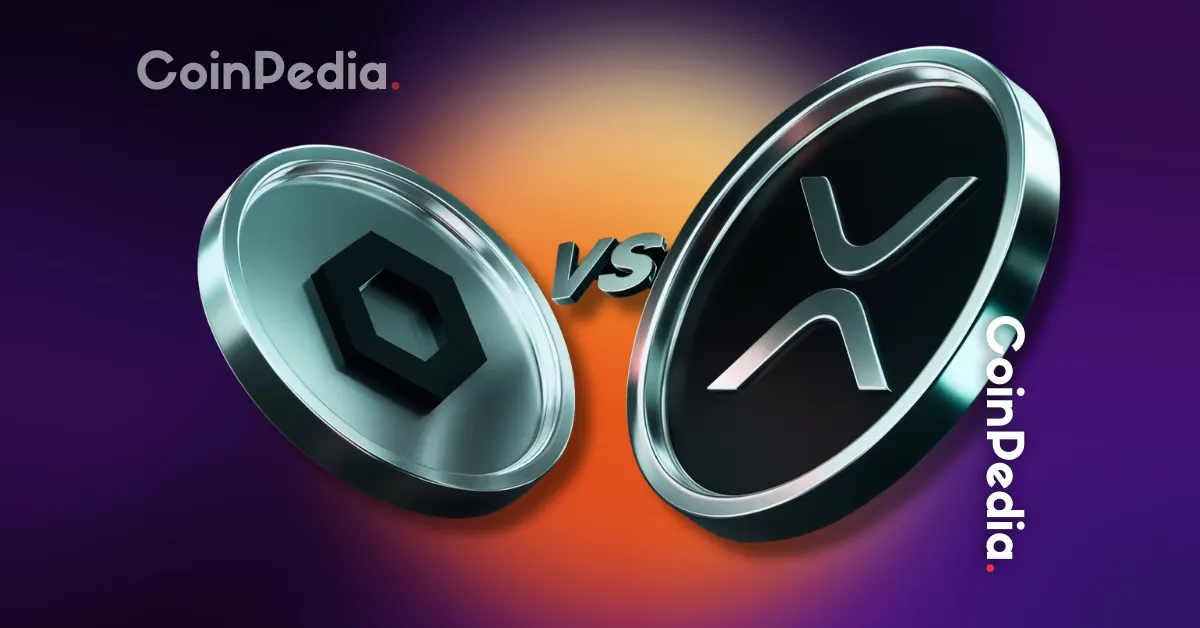
Bill Morgan explains Ripple and Chainlink complement SBI, solving different problems, not rivals.
Ripple powers SBI’s payments and liquidity, enabling faster, cheaper remittances and banking transfers.
Chainlink strengthens SBI’s tokenization plans with Proof of Reserve and SmartData for institutions.
The conversation around Ripple and Chainlink’s role in Japan’s financial giant SBI Holdings has sparked heated discussions in the crypto space, with many trying to frame the two as rivals. To clear the air, pro-XRP lawyer Bill Morgan stepped in, explaining how both projects actually serve very different purposes within SBI’s strategy, and how, rather than competing, they can complement each other.
Ripple’s Role: Payments and Liquidity
In a recent tweet post, Bill Morgan pointed out that Ripple has built a close relationship with SBI Holdings in Japan for many years. This bond is not just about investment but about real use cases.
Together, they’ve built tools like MoneyTap, an app that helps people in Japan move money instantly between banks and ATMs. SBI also uses XRP in remittances, which makes cross-border transfers faster and cheaper.
On top of that, SBI’s digital division is exploring NFT projects on the XRP Ledger, showing Ripple’s role in new use cases beyond payments.
Recently, Ripple has teamed up with Japan’s SBI Holdings to introduce the RLUSD stablecoin in the country. The launch is planned for early 2026, and it will be handled by SBI’s crypto arm, SBI VC Trade.
Chainlink’s Role: Tokenization and Data Infrastructure
Further, Morgan explains, that SBI’s partnership with Chainlink targets institutional infrastructure, not retail payments. The focus is on tokenized real-world assets (like real estate and bonds), tokenized funds, and regulated stablecoins for Japan and then the wider Asia-Pacific.
With tools like Proof of Reserve and SmartData, Chainlink can provide transparency and security for things like stablecoins and tokenized funds. This is more about building infrastructure for large institutions, not retail payments.
- Also Read :
- JUST IN: Bitwise Files for First-Ever Chainlink Spot ETF
- ,
Complementing, Not Competing
Morgan highlighted that instead of competing, Ripple and Chainlink are solving different problems. Ripple strengthens payment networks and liquidity, while Chainlink builds infrastructure for tokenization and institutional adoption.
Morgan pushes back on “anti-XRP” narratives and the idea that LINK is “the one coin to rule them all.”
In reality, both Ripple and Chainlink are carving out essential roles, not rivals, but partners in driving blockchain’s future.
Never Miss a Beat in the Crypto World!
Stay ahead with breaking news, expert analysis, and real-time updates on the latest trends in Bitcoin, altcoins, DeFi, NFTs, and more.
FAQs
SBI works with Ripple, Chainlink, Circle, and others to build a broad crypto ecosystem for Japan and Asia-Pacific.
Chainlink enables tokenized real-world assets, on-chain fund data, and stablecoin reserve verification for institutions.
Ripple powers faster, cheaper cross-border payments and banking transfers in Japan using XRP and MoneyTap.
No, Ripple focuses on payments and liquidity; Chainlink builds infrastructure for institutional tokenization and compliance.
SBI complies with Japan’s regulators, including FSA’s stablecoin approvals, ensuring regulated digital asset adoption.
No, SBI aims to expand blockchain use across Asia-Pacific with its Ripple and Chainlink partnerships.
Trust with CoinPedia:
CoinPedia has been delivering accurate and timely cryptocurrency and blockchain updates since 2017. All content is created by our expert panel of analysts and journalists, following strict Editorial Guidelines based on E-E-A-T (Experience, Expertise, Authoritativeness, Trustworthiness). Every article is fact-checked against reputable sources to ensure accuracy, transparency, and reliability. Our review policy guarantees unbiased evaluations when recommending exchanges, platforms, or tools. We strive to provide timely updates about everything crypto & blockchain, right from startups to industry majors.
Investment Disclaimer:
All opinions and insights shared represent the author's own views on current market conditions. Please do your own research before making investment decisions. Neither the writer nor the publication assumes responsibility for your financial choices.
Sponsored and Advertisements:
Sponsored content and affiliate links may appear on our site. Advertisements are marked clearly, and our editorial content remains entirely independent from our ad partners.








